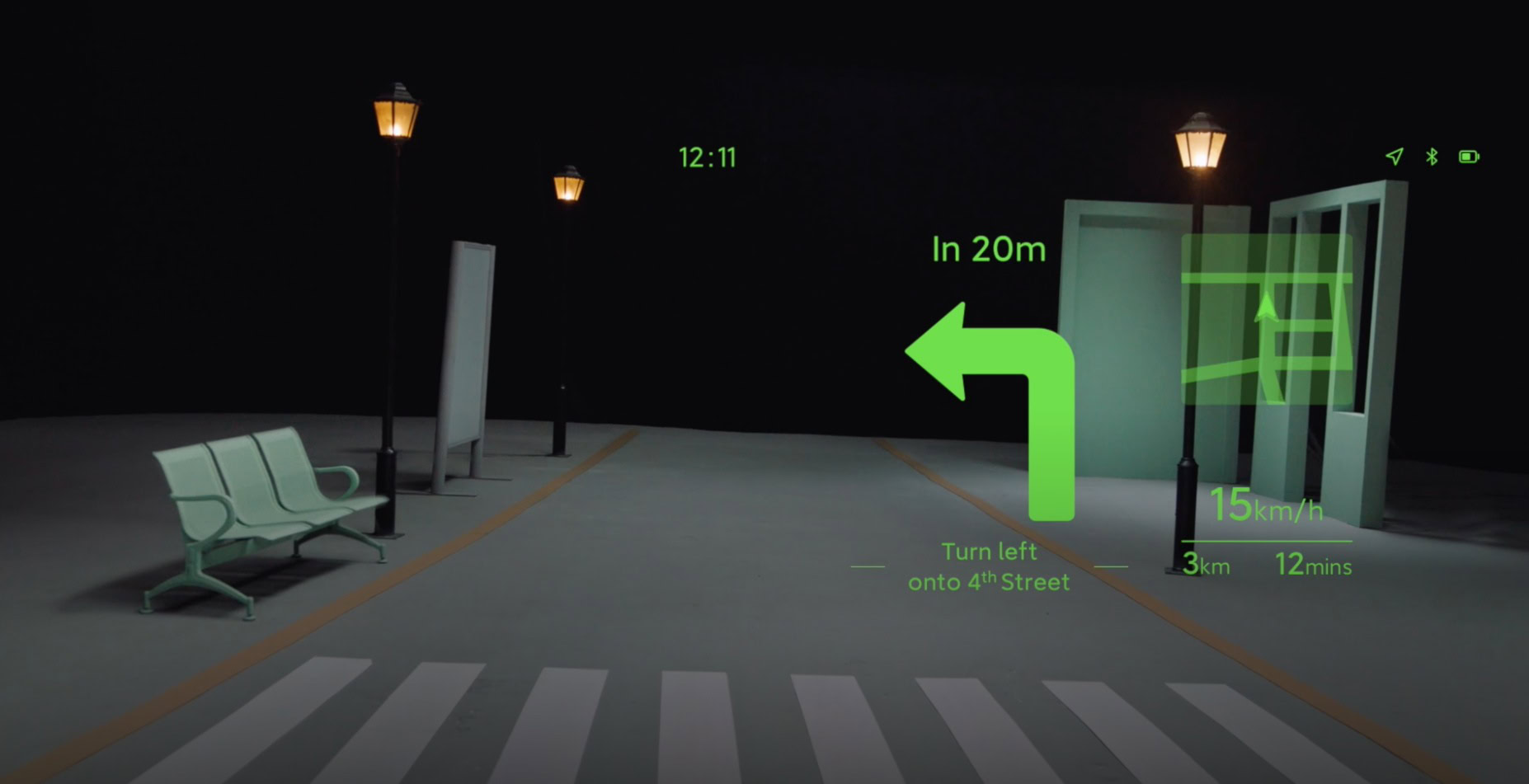Affiliate links on Android Authority may earn us a commission. Learn more.
Xiaomi wants to replace phones with these Mission Impossible-style smart glasses
Published onSeptember 14, 2021
- Xiaomi has unveiled a pair of smart glasses that can function as a standalone wearable rather than a secondary smartphone display.
- They are capable of taking calls, real-time translations, navigation, and much more.
- They use a 0.13-inch microLED display that’s smaller than a grain of rice.
Xiaomi has revealed a pair of concept smart glasses that aim to replace smartphones in the near future. Simply called the Xiaomi Smart Glasses, they look like a pair of regular clear spectacles. However, they feature “microLED optical waveguide technology” for lens display capabilities. Xiaomi says that its new and first pair of smart glasses can be used for calling, navigation, viewing messages, taking pictures, and much more.
A 0.13-inch microLED display, smaller than a grain of rice, is hidden in the frame of the Xiaomi Smart Glasses. It gets individual pixels sized at 4μm. Like OLEDs, microLED pixels are individually lit and allow for brighter displays and deeper blacks. The chip powering the display measures just 2.4mm x 2.02mm. At the heart of it all is a quad-core ARM processor and an Android operating system.
Xiaomi says it has opted for a monochrome display capable of reaching a peak brightness of two million nits. Through the reflection and diffusion of the optical waveguide lens, the human eye can see a much larger display.
“The refraction process involves bouncing light beams countless times, allowing the human eye to see a complete image, and greatly increasing usability while wearing. All this is done inside a single lens, instead of using complicated multiples lens systems, mirrors, or half mirrors as some other products do,” Xiaomi explains in its blog post.

The company is pitching its new concept smart glasses as an independent smart wearable, not a secondary smartphone display. Overall, the Xiaomi Smart Glasses integrate 497 components, including miniature sensors and communication models. Xiaomi has also implemented interaction logic into the glasses to minimize unnecessary interruptions and display only key information. The company’s XiaoAI voice assistant is the primary interaction method with the glasses.
For imaging, the smart glasses house a 5MP camera on the front. The indicator light next to the camera illuminates when the camera is in use to indicate that photos are being taken. There’s also a built-in microphone in there that uses a proprietary translation algorithm for real-time translations and transcribing audio into text.
Since these are concept glasses, there’s no word on their actual availability. Xiaomi will likely not bring them to market, but it’s possible the company is imagining a future product that might integrate all this tech. Sounds cool? Let us know what you think of the Xiaomi Smart Glasses in the comments section below.